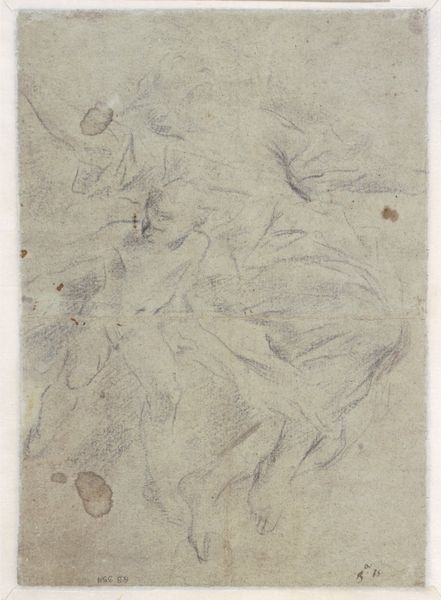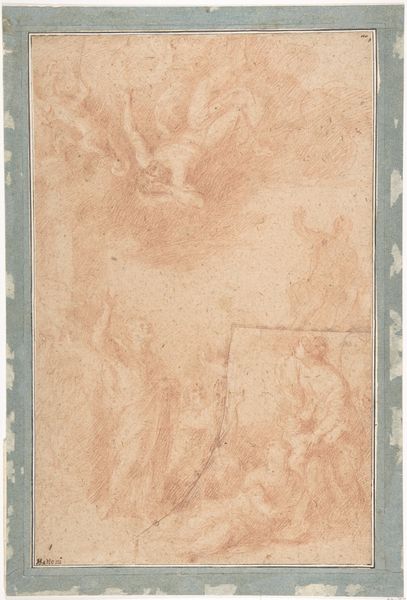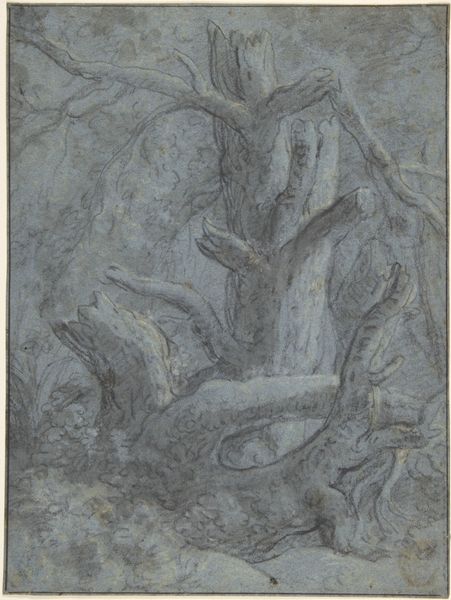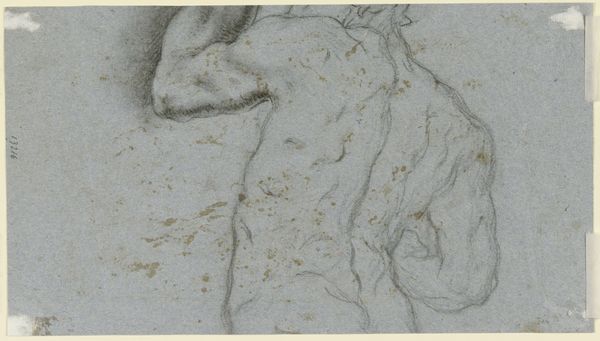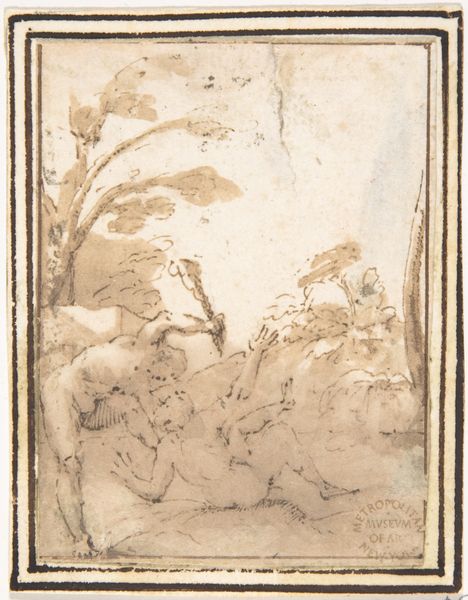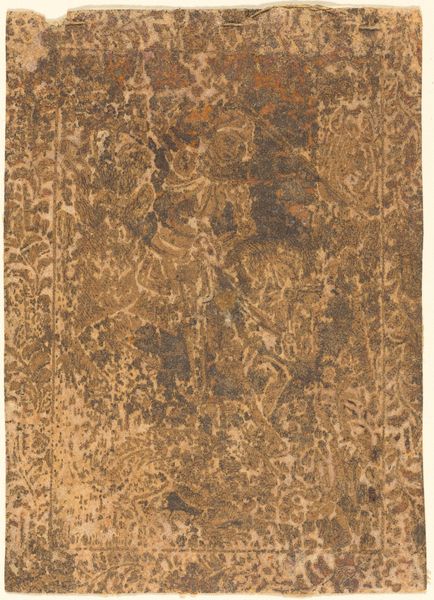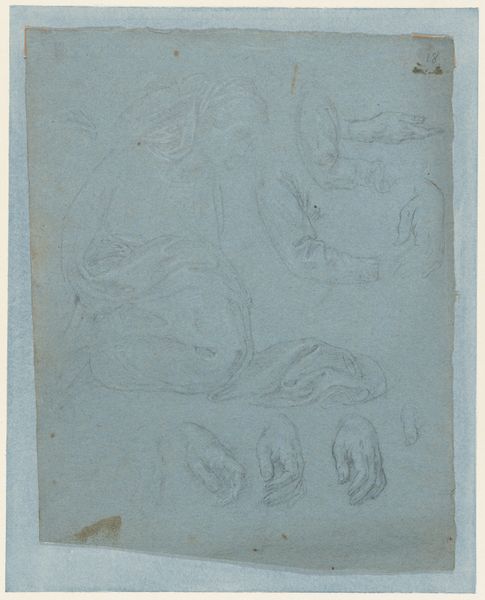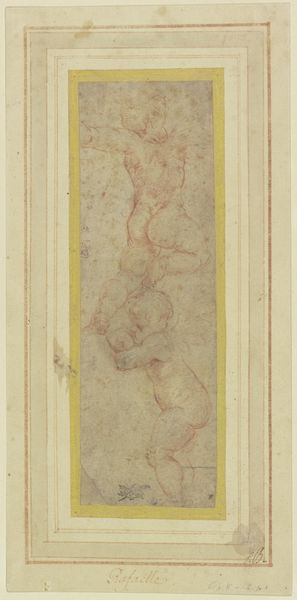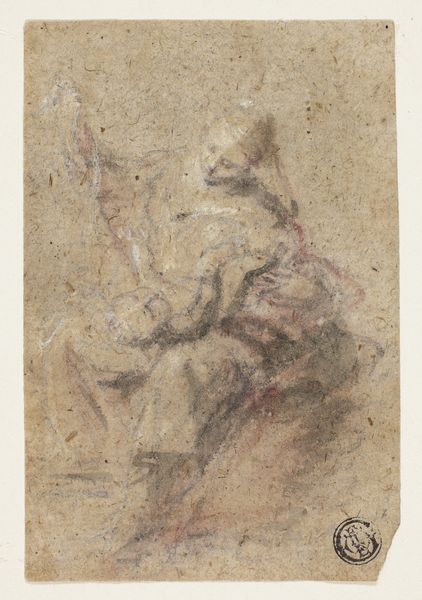
Madonna and Child (recto); Madonna and Child (verso) 1500 - 1600
0:00
0:00
drawing, print, paper, ink
#
portrait
#
drawing
#
toned paper
# print
#
figuration
#
paper
#
madonna
#
ink
#
child
#
organic pattern
#
underpainting
#
history-painting
#
italian-renaissance
Dimensions: 2-3/4 x 1-5/8 in. (7 x 4.1 cm)
Copyright: Public Domain
Curator: This intriguing piece, held at the Metropolitan Museum of Art, is a double-sided drawing on toned paper, created anonymously sometime between 1500 and 1600. It’s titled “Madonna and Child (recto); Madonna and Child (verso),” and executed in ink. Editor: It’s so subtle, almost ghostly. The figures emerge gently from the mottled texture of the paper, a kind of intimate apparition. Curator: Yes, there’s an undeniable ethereality. The Madonna, an archetype of nurturing and divine femininity, appears with the Christ Child, but these depictions of maternity carried immense political weight. The power they yield needs consideration, as there were limited rights for women at this time, especially through bearing children in legitimate marriages. Editor: Absolutely. The symbol of the Madonna and Child represents both maternal love and, arguably, social control. How did images like this function in the domestic lives of women? Was this a common devotional image that encouraged conformity, or did it give strength by allowing women to empathize with their goddess in their challenging everyday existence? I'm also wondering what informed the material choice to sketch it onto a toned paper, and what meaning that has to it? Curator: Well, within a Catholic context, the Madonna is more than just a mother. She represents purity, compassion, and the intercession between humanity and God. These images were devotional objects but also a visual reinforcement of specific virtues and expected behavior. Looking closely at her garments we could analyze their colours: the shades of blue, commonly used, refer to her purity, virtue, and her mantle as Queen of Heaven. These elements invite reverence but might constrict ideals of acceptable roles for all women. Editor: And that's where it becomes so fascinating, this tension between spiritual idealization and earthly constraint, portrayed through the maternal iconography that permeates the image, even today. Art continues to provoke questions about who is empowered and who remains in the margins. It invites all the right people in all the right spaces, offering us room for collective emancipation and individual agency. Curator: It’s a good reminder to engage deeply with our visual inheritance, decode its embedded meanings, and reconsider its relevance today. Editor: Precisely, because these echoes persist, resonating in how we frame femininity, motherhood, and even power structures within contemporary culture.
Comments
No comments
Be the first to comment and join the conversation on the ultimate creative platform.


